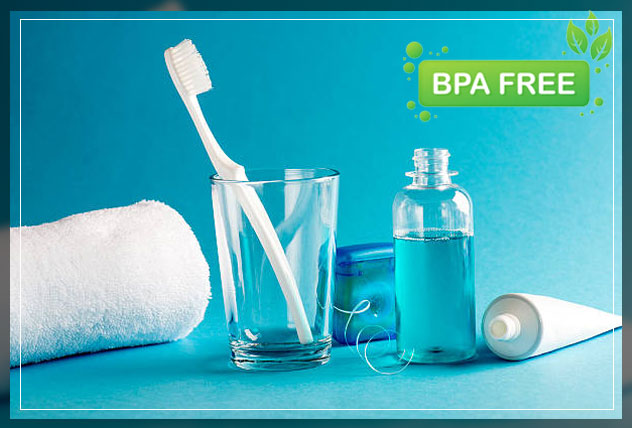
BPA free plastic products or dental items are everywhere in the market today, but what exactly is BPA? What are the risks of this chemical to our health?
BPA or Bisphenol A is primarily an artificial industrial chemical that can harden polycarbonate plastics and make epoxy resin. The chemical is found in most household products today made of hard plastics, such as baby bottles, water bottles, and food containers. BPA can also be found in epoxy resins used as linings of canned food and drinks.

You can also find it in dental products. In addition, BPA is an organic compound that is widely found in some dental composites and sealants.
What material we put in our products subsequently goes to our bodies. BPA products have an env and health impact as these packing matters, or dental products are part of everyday life.
But before we give you the skinny on BPA or BPA free, we want you to know upfront that all our products or dental products are made with BPA free substances. If you see BPA free, it means BPA is not present in the product. Be it your toothpaste tubes or toothbrushes. You should be informed when making purchases or using dental products. Here are the facts on BPA and why it deserves to be on your radar.
What Does BPA Free Mean?
When you purchase a product labeled BPA free, it implies that this product is somehow safer than those that are not labeled as such. But today, very few people understand what BPA free actually means.
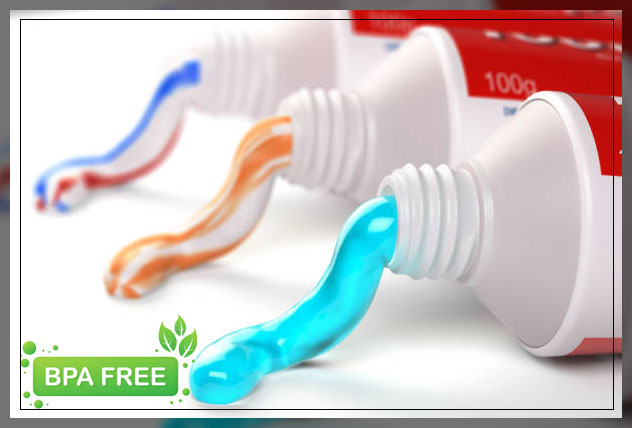
Make no mistake – you should clearly understand the distinctions between BPA and BPA-free products. As products containing BPA can impact your and your kid’s safety in the long run.
Research has shown that BPA is an endocrine disrupter that interferes with your body’s natural hormones. It can only happen when you use BPA products. It is known to seep into food or beverages from the regularly used containers with BPA, thus posing serious health hazards.
BPA and Dentistry
There are three ways that BPA can become a part of dental materials:
- BPA is used as a direct component manufacturing in dental composites or dental sealants.
- BPA is also a by-product of degrading dental composites or dental sealants in the mouth. Most of the composite resins are formulated using a mixture of monomers. These monomers are commonly based on bisphenol A glycidyl methacrylate (bis-GMA). Some composite resins might contain other monomers in addition to bis-GMA. These monomers are added to modify the properties of the resin. An example – this material can release minimal quantities of BPA because bis-DMA is subject to degradation by salivary enzymes.
- BPA may also be used in trace amounts. Especially as a trace material during the manufacture of dental materials. BPA material is also used to produce other ingredients found in some dental composites and sealants. Do you know that bis-DMA and bis-GMA are both made using BPA as a starting ingredient? Therefore, residual trace amounts of BPA might be present in the final product.
Today dentists use many products utilizing “white” fillings. You can ask your dentist if it is BPA free. You should use products that do not contain BPA, even better if there is also no bis DMA.
Are Invisalign Made From BPA Free Plastic?
These days, most patients are more savvy than ever. They are increasingly concerned about ingesting chemicals or other foreign materials.
Because Invisalign clear plastic aligners are still relatively new, many patients express concerns about the materials used to create these aligners. Is this plastic safe?
The answer is yes. Invisalign aligners are completely safe. They are made from medical grade polyurethane resin and do not contain bisphenol-A or BPA. Bisphenol-A is an industrial chemical better known as BPA. Furthermore, Invisalign was approved by the FDA a long time back. So you can safely use them.
These aligners are made according to the highest possible standards. Test after test has shown that Invisalign does not harm your health or well-being.
The same thing also holds for pregnant women as well. Pregnant women can wear Invisalign with complete confidence, as the aligners will not put your baby in danger.
You may have several questions about Invisalign, but this info should answer your questions. You should be comfortable with any procedure you undergo and should ask questions before the dental procedure.
Should You Be Concerned About BPA in Some Composite Fillings?
BPA free fillings are the same as regular composite white fillings and have the same functions. Bisphenol, shortened to BPA, is the organic compound commonly found in many materials today.

In recent research and studies – BPA has had a lot of controversies as it is believed to have hormone-like properties. As a result, over the past decade, many govts around the world have started to ban BPA in the manufacturing of food containers, especially baby bottles.
Composite fills your dentist uses are often completed with a restorative material that contains 30-50 percent less resin than many other composite brands. If the filling has less resin, it means a reduction in the presence of trace amounts of bisphenols.
The composite filling your dentist uses in the holistic dental practice does not contain any Bisphenol A or B. They are properly tested before use.
Do Tooth-colored Fillings Contain BPA?
Yes, it is true. Most composite resins available today contain endocrine-disrupting chemicals or similar related compounds. One recent study found that more than 30 products – over 86 percent – were based on BPA derivatives. Just 18 composites were free of those compounds.
This is a matter of concern, especially since these materials are used not just for fillings but also in sealants. It is all the more concerning as these fillings and sealants are often recommended for children at high risk of decay.
Research also suggests that BPA might affect reproductive systems and brain development. Therefore, exposure to this chemical may be linked to a wide variety of problems. Common issues might include early puberty, metabolic disorders such as diabetes and obesity, infertility, heart disease, thyroid dysfunction, and some cancers.
But the good news is that, under normal circumstances, the human body can excrete BPA quite fast. The bad news is that if we are exposed to so much of it every day – we may not be able to clear it so efficiently. It is important to note that BPA is a fat-soluble compound. Hence it can accumulate in the fatty tissues of the body.
You would be surprised to know that over 90 percent of us contain measurable amounts of BPA. Therefore, it is an excellent idea to minimize the amount exposed to – including that in dental work.
Is BPA Dangerous?
The FDA is indeed continuing to review research around BPA. They say it is safe in the very low levels that can be found in some products. However, there is some concern about the potential effects of BPA – especially in relation to the physical development of unborn and young kids.

As a result, BPA is no longer used in baby bottles and infant formula, especially in the USA. Many have banned its use in bottles or cups made for young children. Parents should look for products marked BPA free when they buy them. It is important to note that plastics made with BPA may not be clearly marked.
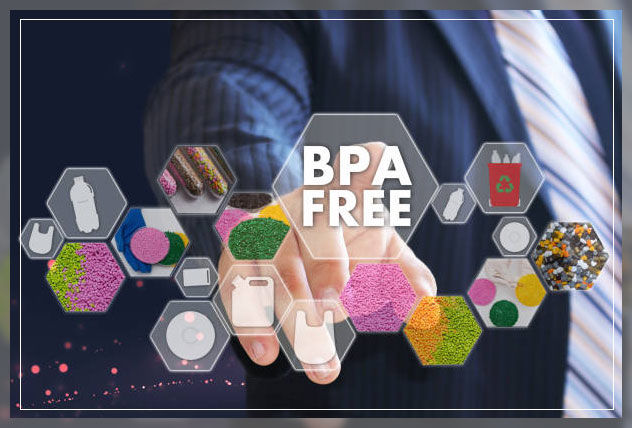
So although BPA and its products are generally considered safe, there is certainly no harm in limiting your exposure. And whenever you put one of your toothpaste or toothbrushes in your mouth, you can feel secure in knowing that you are limiting your exposure to BPA. The same goes for limiting the exposure of any kids you may have.
Conclusion
As you might have heard there are numerous studies conducted. One of the most recent ones linked BPA to children’s behavior – only after a few years following placement of BPA containing dental restorations.
The studies also show that there was some effect, but it was pretty small, and it was unknown whether it was a direct link. Further studies need to be completed over the long haul, but most dentists and manufacturers are moving away from dental materials containing BPA.
There are many articles on similar topics, about the effects of exposure to BPA, posing different levels of concern. Hopefully, future research will continue with the evolution of even better products to keep us all healthier.
Read similar articles on dental microscope, face masks, tooth implant, injection syringe, dental gloves, Littmann stethoscope, ceramic braces, and more.


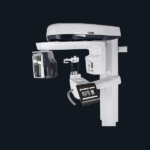
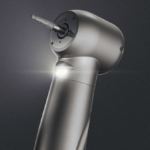

Comments